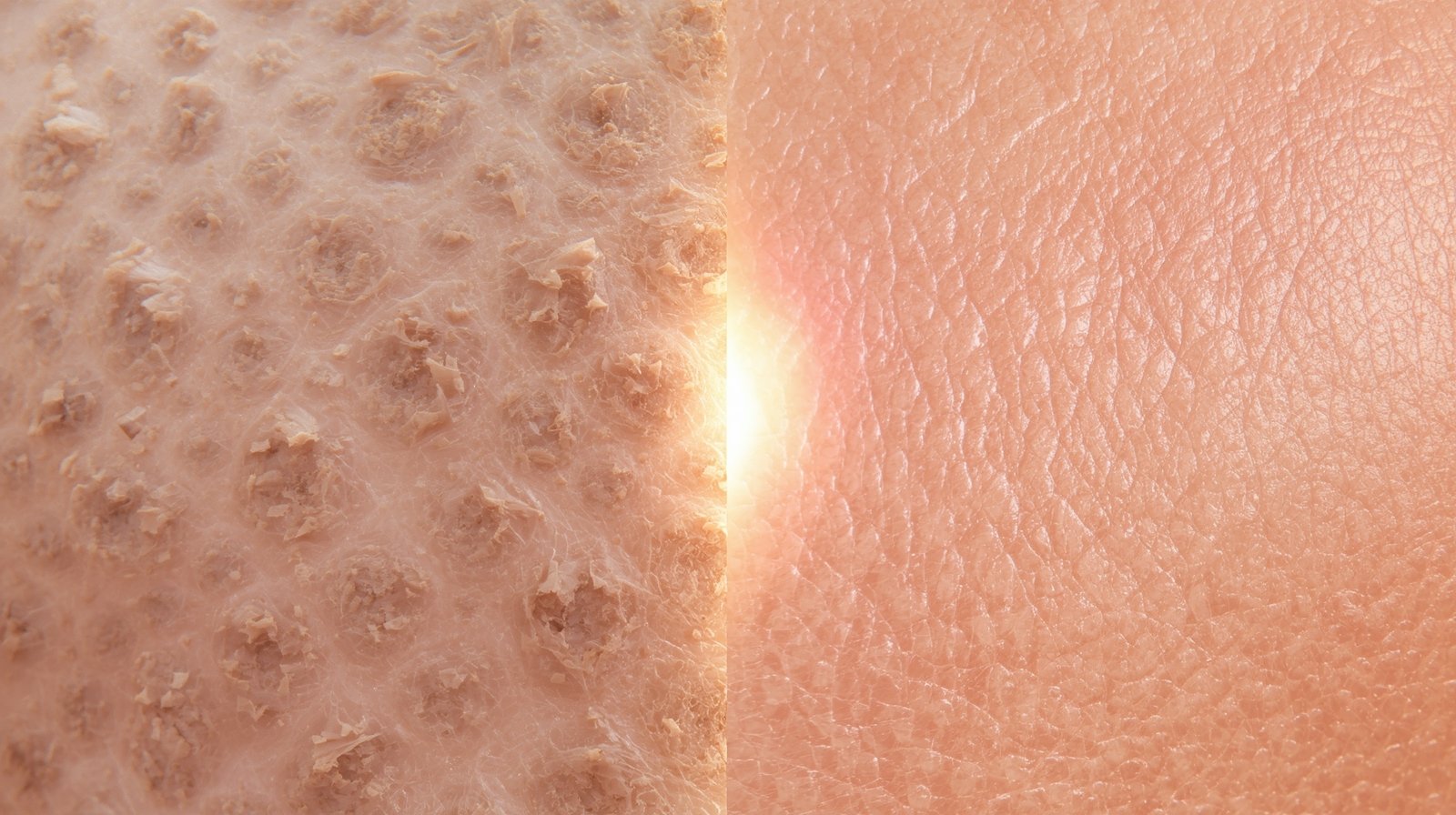Glycolic acid has taken the skincare world by storm, thanks to its powerful exfoliating properties and ability to tackle everything from dullness to fine lines. Derived from sugarcane, this alpha-hydroxy acid (AHA) is a favorite for revealing smoother, brighter skin. But with great power comes great responsibility! Understanding the do and dont of using glycolic acid is crucial to maximizing its benefits while minimizing risks. Whether you’re a skincare newbie or a seasoned enthusiast, this guide will walk you through everything you need to know to use it safely and effectively.
What Is Glycolic Acid and Why Is It Popular?
Glycolic acid is a water-soluble AHA with the smallest molecular size among its peers, allowing it to penetrate deeply and exfoliate dead skin cells effectively. It’s celebrated for boosting cell turnover, reducing signs of aging, and clearing acne by unclogging pores. Available in cleansers, toners, serums, and peels, it suits various skin types when used correctly. But its potency means you need to nail the do and dont of using glycolic acid to avoid irritation or damage.
The Do’s of Using Glycolic Acid
Here’s how to make the most of this skincare superstar:
- Start Slowly: Begin with a lower concentration (4-5%) and use it 2-3 times a week. Gradually increase frequency as your skin adjusts, especially if you’re new to AHAs.
- Apply at Night: Since it increases sun sensitivity, incorporate it into your evening routine to reduce UV damage risk. Follow with a broad-spectrum sunscreen (SPF 30+) in the morning.
- Patch Test First: Apply a small amount to a discreet area (like your inner elbow) and wait 24 hours to check for irritation before full use.
- Pair with Hydrating Ingredients: Combine with hyaluronic acid or aloe vera to counteract dryness. Layer hyaluronic acid after glycolic acid or use it in the morning for balance.
- Cleanse Gently Before Use: Use a mild cleanser to prep your skin, ensuring glycolic acid penetrates evenly without irritation.
These steps help you harness glycolic acid’s benefits—smoother texture, reduced pigmentation, and a radiant complexion—safely.
The Don’ts of Using Glycolic Acid
Avoid these pitfalls to protect your skin:
- Don’t Overuse It: Daily use, especially with high concentrations (>10%), can lead to redness, peeling, or a compromised moisture barrier. Limit to 1-3 times weekly unless your skin tolerates more.
- Don’t Mix with Retinol or Vitamin C Simultaneously: These actives can amplify irritation when combined in one session. Alternate nights (e.g., glycolic acid on Tuesday/Thursday, retinol on Monday/Wednesday) or use them at different times of day.
- Don’t Skip Sunscreen: Increased photosensitivity can worsen sun damage or hyperpigmentation. Always apply SPF after use, even on cloudy days.
- Don’t Use on Sensitive or Damaged Skin: If your skin is irritated, dry, or recovering from procedures, hold off to prevent worsening conditions.
- Don’t Layer with Other Exfoliants: Avoid combining with salicylic acid, lactic acid, or physical scrubs to prevent over-exfoliation, which can cause burning or redness.
Adhering to these do and dont of using glycolic acid guidelines keeps your skin healthy and glowing.
How to Incorporate Glycolic Acid into Your Routine
Getting started is simple with the right approach:
- Cleansers (4-10%): Use nightly as your first step to gently introduce the ingredient.
- Toners (5-10%): Apply after cleansing with a cotton pad, focusing on areas with dullness or clogged pores.
- Serums/Peels (10-30%): Start with a small amount 1-2 times weekly, increasing as tolerated, but avoid at-home use above 10% without professional guidance.
- Body Products: Extend to underarms or rough patches, diluting if needed, but consult a dermatologist for scalp use.
Always monitor your skin’s response and adjust frequency or concentration accordingly.
Safety Tips and Precautions
While generally safe at 10% or less for home use, higher concentrations require professional supervision. Watch for burning, redness, or excessive dryness—wash off immediately if these occur and discontinue use. Those with darker skin tones or a history of hyperpigmentation should proceed cautiously, as irritation can worsen pigmentation. Pregnant or breastfeeding individuals should consult a doctor due to limited safety data.
FAQs
Can I use this exfoliant daily?
It depends on your skin’s tolerance. Start with 2-3 times a week and increase gradually, but daily use is risky unless using a very low concentration (e.g., 4%) and your skin handles it well.
Is it safe to combine with hydrating agents?
Yes, pairing with hyaluronic acid or aloe vera is encouraged to offset dryness, making it a great combo for all skin types.
Should I avoid it if my skin is sensitive?
Yes, sensitive or dry skin may react poorly. Opt for gentler alternatives like lactic acid and consult a dermatologist.
How do I know if it’s working?
You might feel a mild tingle (the “trustworthy tingle”), and skin may feel rough initially as dead cells shed. Smoother, brighter skin should emerge within weeks.
What if I experience irritation?
Stop use, rinse thoroughly, and give your skin a break. Reintroduce with a lower concentration or seek professional advice.
Conclusion: Master the Do and Dont of Using Glycolic Acid
Glycolic acid can transform your skin when used wisely, tackling dullness, acne, and aging signs with ease. By following the do and dont of using glycolic acid—starting slow, protecting from sun, and avoiding harsh combos—you’ll unlock its full potential safely. Ready to glow? Begin with a low-concentration product and build your routine with confidence. Share your experience in the comments, and explore Avid Organics’ skincare range (#) for quality support!
For more updates on our latest innovations, sustainability initiatives, and upcoming events, follow us on LinkedIn and stay connected through our official website. Stay tuned for exciting developments as we continue to push the boundaries of nutraceutical excellence!



